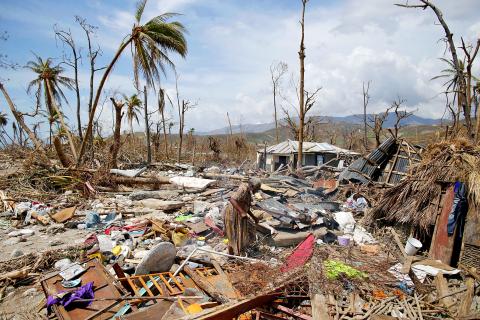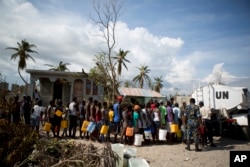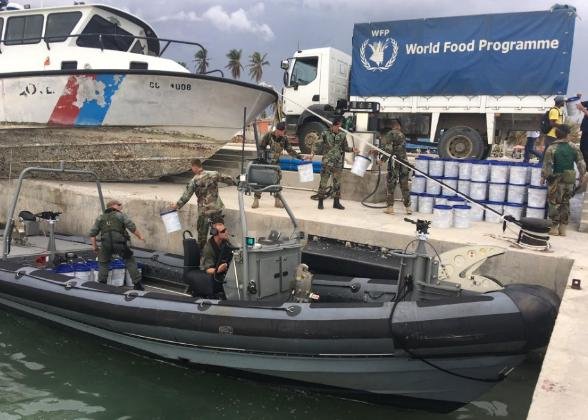RodISHI
Platinum Member
- Nov 29, 2008
- 25,786
- 11,298
- 940
Just wanted to share this to show who the true hero's are that go into disaster areas to help the people in need. This particular family I know and you can see their living conditions in Haiti while they are there. They work there helping families in Haiti that need a helping hand. These ministry families are in locations in South America also helping where ever they can to provide help with clean water, sanitary living conditions and building houses or repair houses for those in need in these poor countries. It should give everyone an idea how screwed up our charitable systems have become while the rich strip from the poor it is poorer and lower mid range income families that actually support these families in countries like Haiti.
A post with pictures
Small churches and the people with family businesses are the people that help support these missionaries when they go to other countries to help the poor.
A post with pictures
Small churches and the people with family businesses are the people that help support these missionaries when they go to other countries to help the poor.
Last edited:








